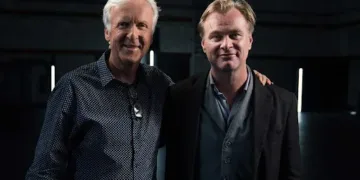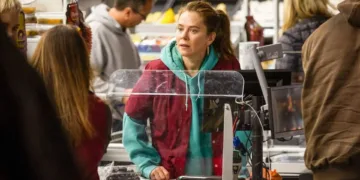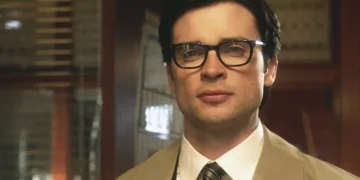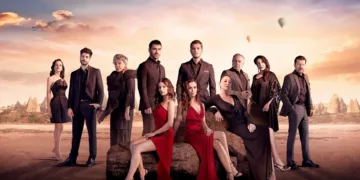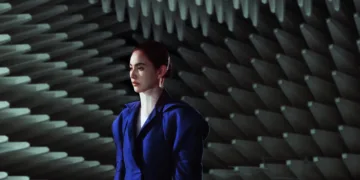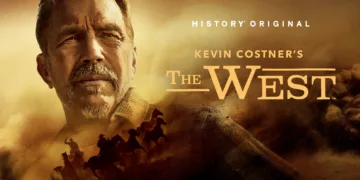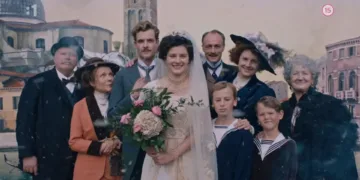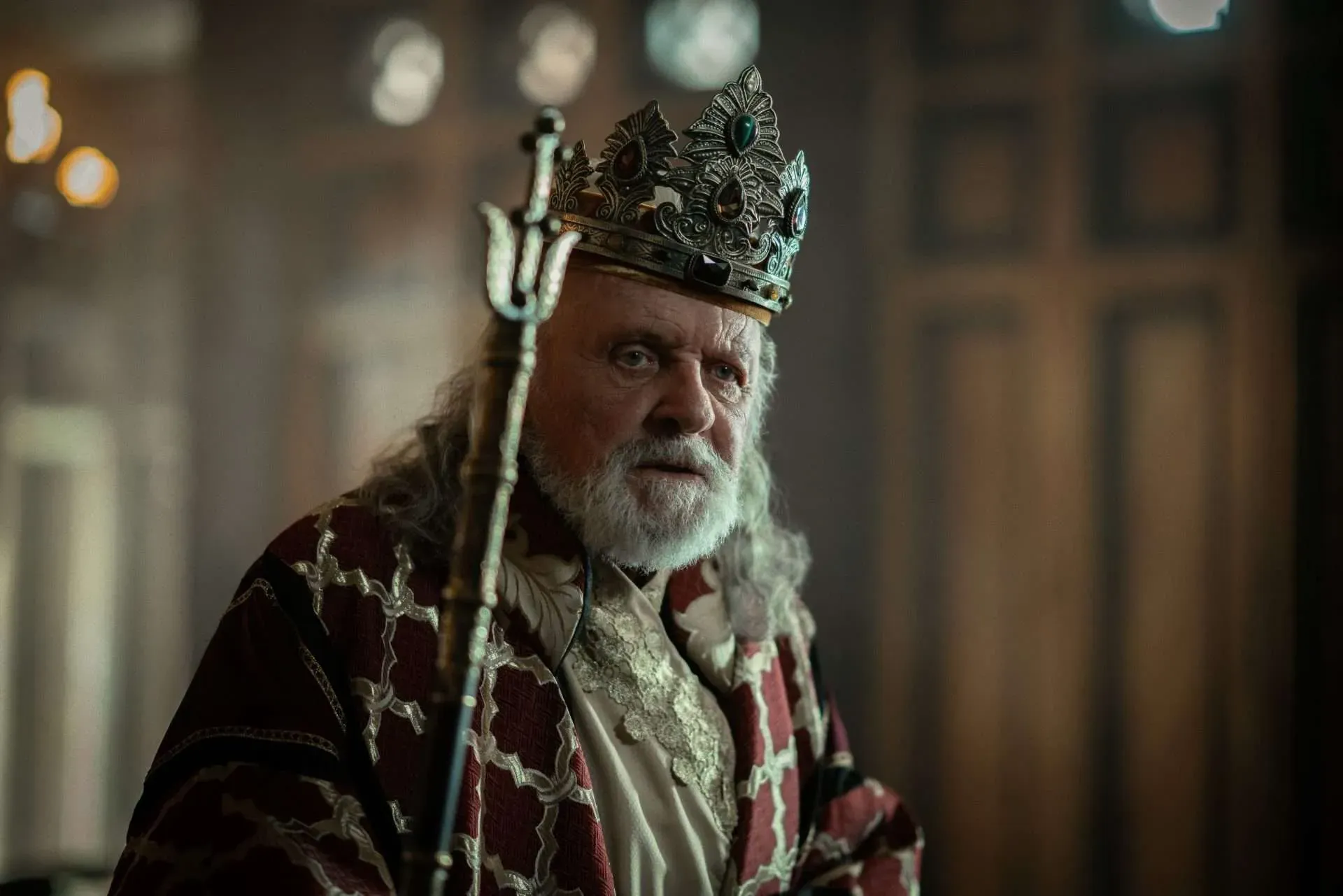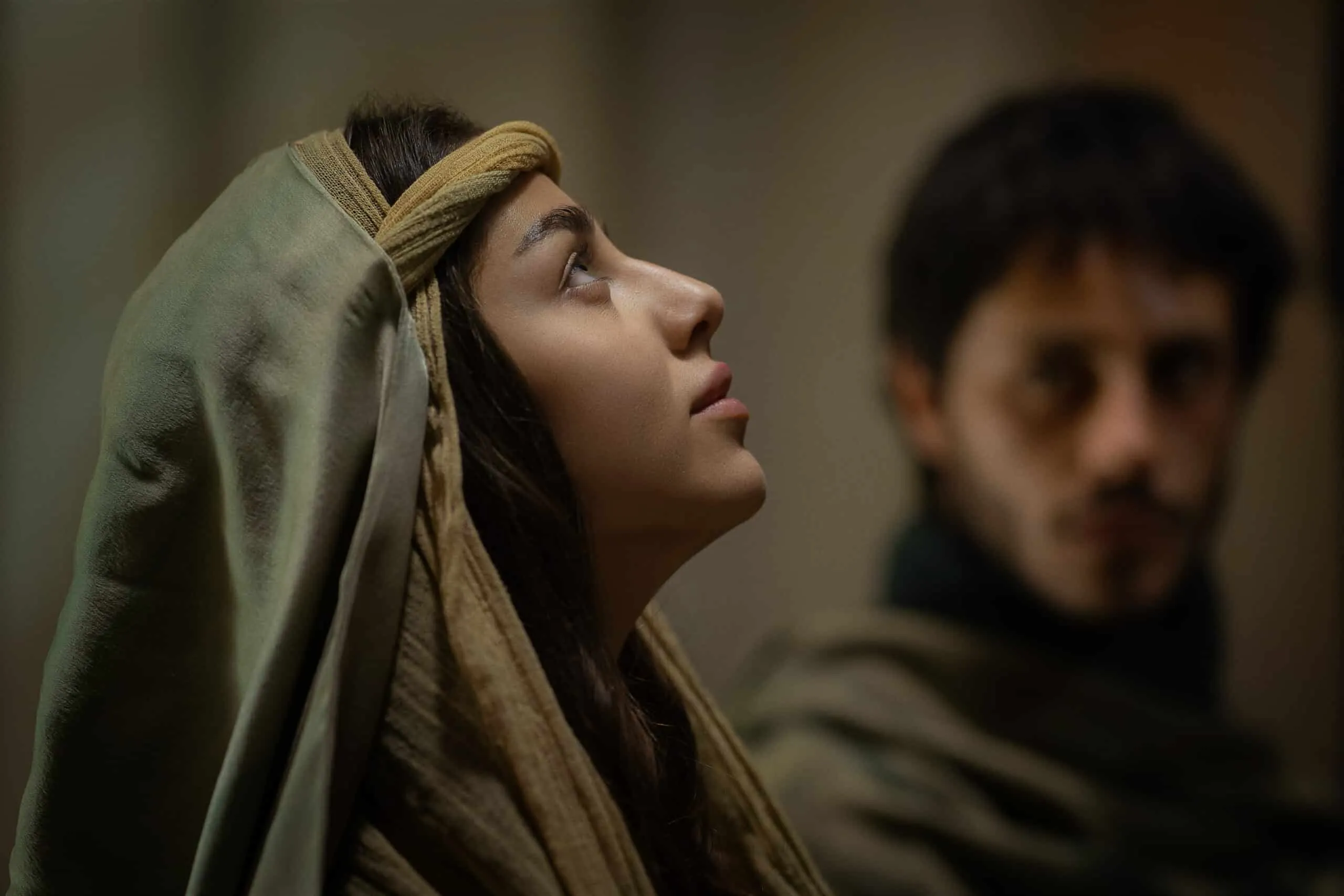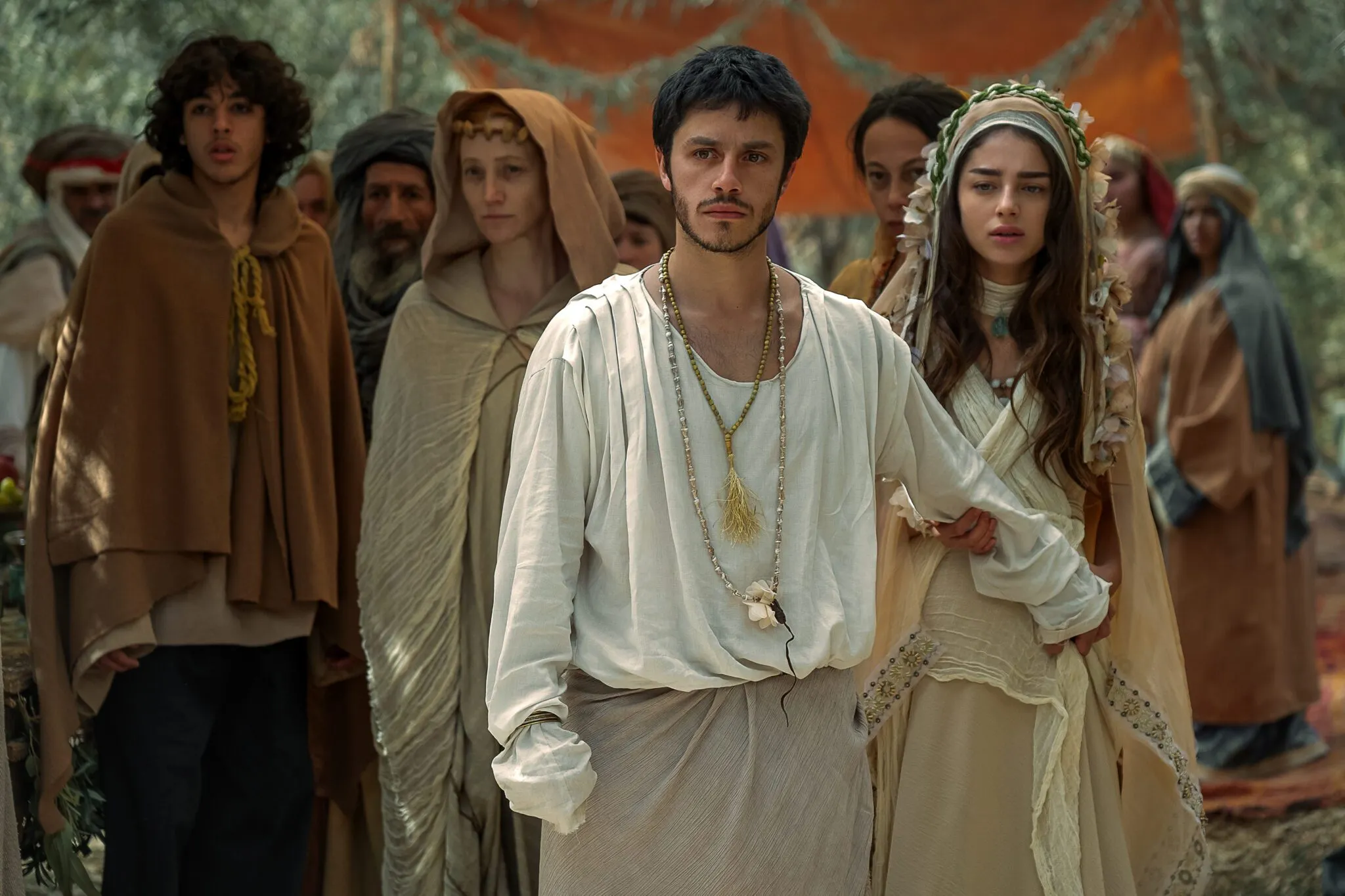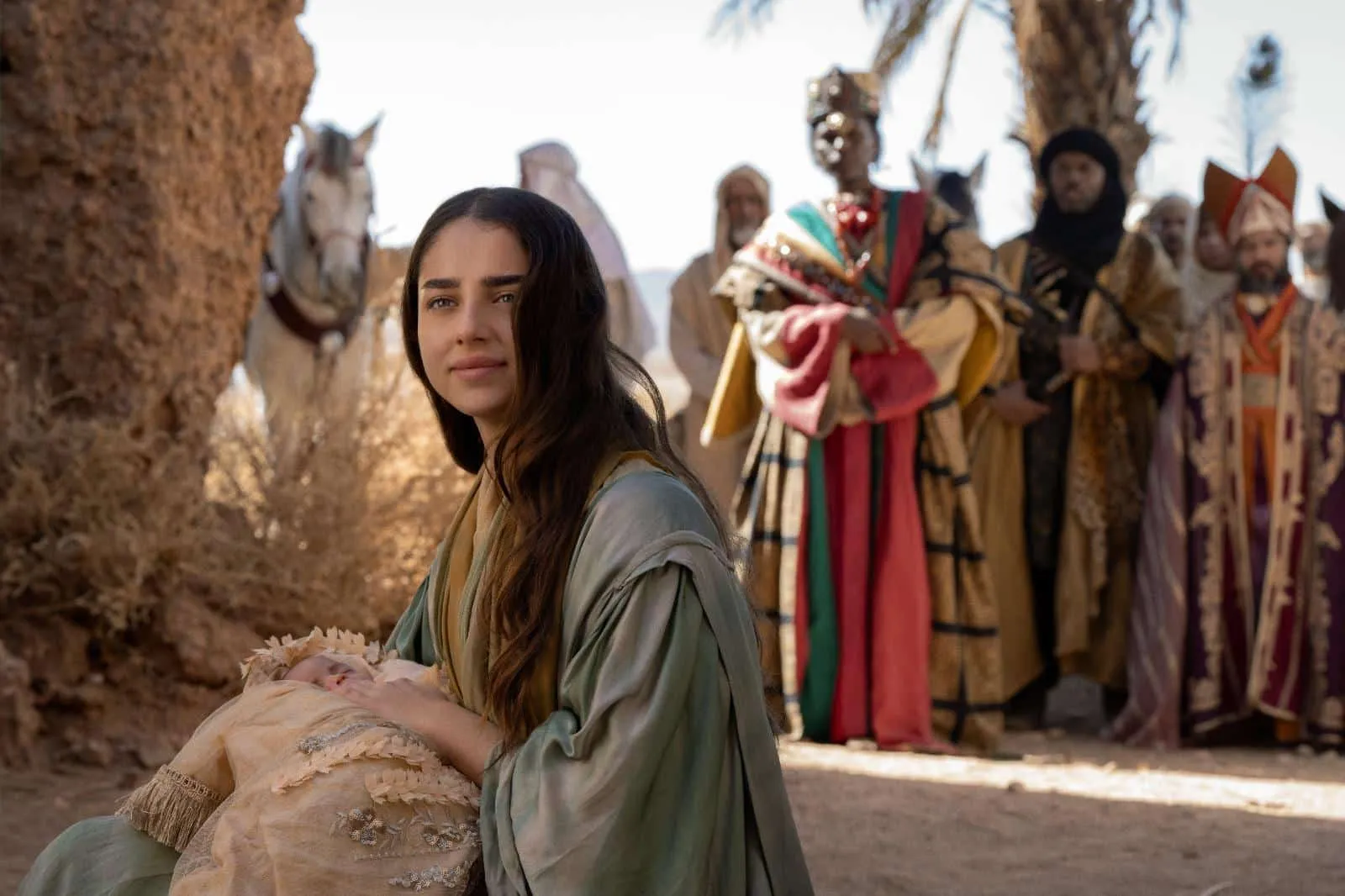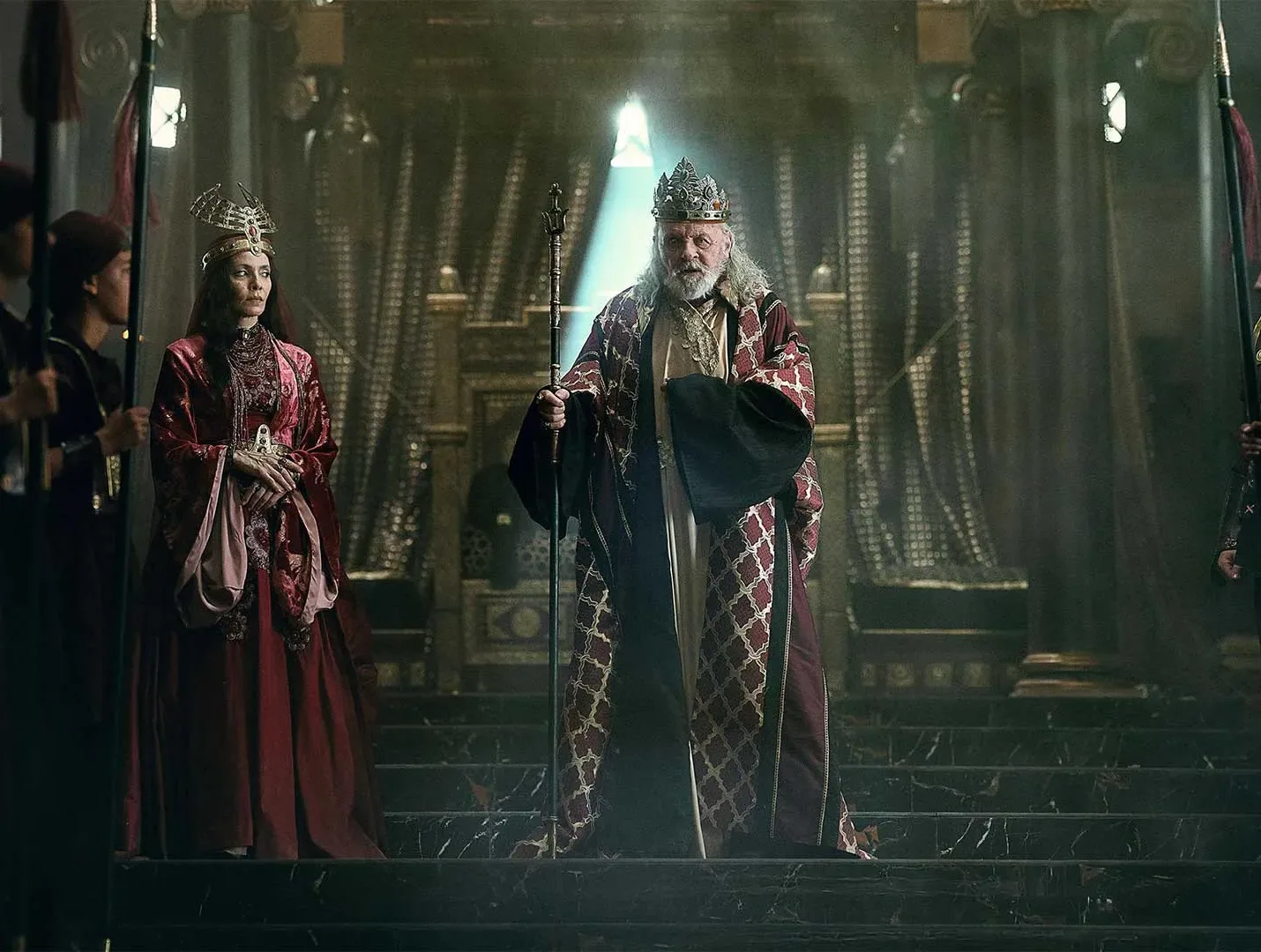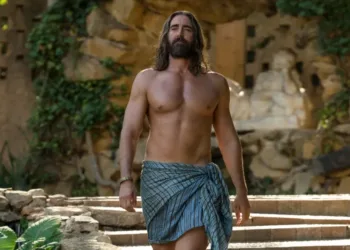In biblical adaptations, Mary emerges as a daring but failed attempt to breathe new life into the Virgin Mary’s age-old narrative. The film, released on Netflix, seeks to tear away the layers of sanctity that have encased its protagonist, presenting a portrayal of Mary who struggles with the weight of destiny and the burden of expectation.
By portraying her story through a coming-of-age lens, director D.J. Caruso aims to depict a young woman caught between the supernatural and the mundane—a contrast that raises profound existential concerns about agency, identity, and the often harsh theatre of fate.
Within the larger context of biblical adaptations, Mary occupies an unusual position. It wants to go beyond traditional retellings, which frequently whitewash the complexities of faith and humanity. Still, it stumbles into the very traps it seeks to escape. While films like The Nativity Story and Journey to Bethlehem frequently stick to canonical storylines, Mary strives to include artistic liberties into its framework.
This ambition, however, reveals the frailties of its storytelling, showing a narrative that, despite its lofty goals, frequently undermines the rich tapestry of human experience it seeks to illuminate. The sacred becomes a canvas for existential dread. Still, the brushstrokes frequently falter, leaving behind an image that is both captivating and deeply disappointing.
The Crucible of Destiny: A Journey Through Shadows
The narrative of Mary unfolds with reverence and turmoil, tracing a road from the innocence of youth to the profound weight of motherhood under divine mandate. The film’s framework, while seemingly linear, is disrupted by moments of otherworldly visitation and earthly turmoil, weaving a tapestry that symbolizes the tension between the sacred and profane.
Mary, portrayed with fragile resilience by Noa Cohen, is introduced not just as Jesus’ mother but also as a girl entangled in a web of celestial expectations and societal judgments.
The story opens in Judea’s arid landscapes, where Mary’s father, Joachim, fasts fervently, embodying a desperate prayer for divine intervention. This opening scene, filled with metaphysical longing, prepares the audience for the angel Gabriel’s first appearance—a moment reverberating with the weight of prophecy and familial obligation.
Gabriel’s blue robes, fluttering like the ghost of hope, give the news that will forever change Mary’s fate. Yet, this divine meeting is shrouded in disturbing uncertainty. What exactly does it mean to be chosen? Is agency only an illusion when the universe has already scripted one’s path?
As Mary matures, her engagement to Joseph takes shape, a union ordained by divine destiny but damaged by public ridicule. Originally shown with a naive charm, their friendship becomes a crucible for their shared tribulations as murmurs of scandal and fear of retaliation swirl around them.
The spectre of King Herod looms large, his fixation with eradicating the perceived threat to his reign putting a shadow over their approaching joy. The film contrasts Mary’s interior troubles with Herod’s external threat. Still, it frequently falters in presenting the emotional depth required by such a dichotomy.
Mary wrestles with whether one can fully embrace a destiny that feels preordained in its pursuit of a retelling that resonates with modern sensibilities. The film allows us to explore the existential weight of faith, love, and the difficult cost of divine purpose through heavenly visits and the palpable terror of a tyrant’s gaze.
Shadows of the Sacred: A Study of Character
In the heart of Mary, the eponymous character emerges as a multifaceted expression of resilience and vulnerability, navigating the dangerous waters of societal expectation and divine mandate. Mary of Nazareth, performed with quiet passion by Noa Cohen, is portrayed not just as a vessel for prophecy but also as a young lady struggling with her emerging identity in the face of a judgmental community.
The film tries to humanize her hardships but frequently falls short, reducing her internal turmoil to simple pieties and platitudes. In moments where one might expect profound introspection, Mary’s voice is drowned out by the din of external forces, leaving her character development unexplored.
Mary epitomizes the existential tension between her sacred role and the harsh realities imposed by patriarchal society as she is mocked for her miraculous pregnancy. The film alluded to her emotional struggles—the silent agony of seclusion, the need for acceptance—but these glimpses were ephemeral, overshadowed by the narrative’s demands. The question remains: How can one find agency in a life governed by divine will? This question stays tantalizingly unsolved in Mary, leaving the audience yearning for a deeper look into her soul.
Joseph, portrayed by Ido Tako, emerges as a sturdy, kind-hearted man whose unflinching support provides a semblance of stability in Mary’s turbulent world. His character provides a counterweight to Mary’s turmoil, but he, too, is constrained by a script that limits his depth. Joseph’s acceptance of Mary’s situation and desire to embrace the extraordinary reflect a complex understanding of love and collaboration. Yet, his role appears rather secondary—a bystander in a story centred mostly on Mary’s difficulties.
In contrast, Anthony Hopkins’ performance as King Herod is a study of dictatorial obsession. His portrayal depicts a man gripped by fear and paranoia, a tyrant whose desperation to retain power emerges as brutality and cruelty.
Herod’s character acts as a dark mirror for Mary’s journey, stressing the existential dread that comes with the possibility of annihilation—both physical and spiritual. His frightening presence overshadows the narrative, embodying the chaos that threatens to consume the sacred promise of new life. Even in Herod’s villainy, there is a tragic element; he is a king plagued by the spectre of his mortality, frantically clinging to a heritage he believes is slipping away.
These characters coexist in a world of tension and contradiction, where the sacred and profane mix and the intimate becomes a battleground for existential exploration. In this crucible of faith and fear, Mary seeks to illuminate the complexities of human experience but frequently stumbles, leaving unanswered questions in the shadows.
Threads of Faith: Navigating the Supernatural and the Self
At its core, Mary is concerned with the subtle dance between faith and the supernatural, weaving a narrative that seeks to illuminate the complexities of belief through the protagonist’s lens. Each encounter on Mary’s journey, which is marked by divine visitations and prophetic declarations, starkly reminds us of the weight of her destiny.
In this film, faith is more than passive acceptance of the extraordinary; it is a crucible of scepticism and existential questioning. As Mary navigates the turbulent waters of societal disdain and divine expectation, her faith becomes both a source of strength and a cause of contention, sparking questions about the nature of belief itself. What exactly does it mean to be chosen? In a world of doubt and fear, is it possible to embrace the supernatural without losing touch with oneself?
Simultaneously, Mary seeks to create a coming-of-age story addressing empowerment and autonomy themes. However, this portrayal is full of inconsistencies. While the film suggests Mary’s journey from innocence to a more profound understanding of her role, it frequently employs reductive stereotypes that undermine her agency.
The narrative implies that true empowerment comes from accepting one’s destiny. Still, it rarely allows Mary to assert her individuality against the backdrop of divine purpose. The tension between being a vessel for prophecy and a young lady yearning for autonomy goes unanswered, leaving the audience to ponder whether true empowerment is conceivable when cosmic forces write one’s life. The film challenges us to reflect on the paradox of faith—how it may both liberate and constrain, providing redemption while shackling the spirit.
Fractured Visions: Direction and Narrative in Mary
Mary’s direction by D.J. Caruso aspires for sweeping grandeur. Still, it frequently veers into the realm of the banal, failing to connect the lofty ambitions of its narrative with the execution on screen. His creative choices alternate between moments of visual poetry—where landscapes breathe, and the divine appears almost tangible—and passages that feel disappointingly hollow as if the story’s weight falls through the gaps of cinematic ambition.
Caruso attempts to capture the chaos of Mary’s inner world. Still, the emotional impact is constantly hampered by pacing that lacks the tension required to elevate the stakes. In this pursuit, one can wonder whether the director understands the existential depth of his protagonist’s dilemma or if he is simply seduced by faith imagery.
Timothy Michael Hayes’ screenplay deepens this duality. It attempts to inject new perspectives into the narrative. Still, its execution frequently falters beneath the weight of cliché and superficiality. The conversation alternates between sincere and stilted, leaving characters feeling like containers for exposition rather than fully developed individuals. Moments of potential depth are sacrificed in favour of melodrama, failing to explore the philosophical undercurrents that could enrich Mary’s journey.
The screenplay’s desire to explore complicated themes of empowerment and faith is frequently overshadowed by a lack of nuance, leaving unanswered important concerns like identity and agency in the face of divine will. As a result, the narrative becomes a collection of occurrences rather than a unified investigation of the human experience, leaving the audience stranded in a sea of unsolved tension.
Echoes of the Divine: Performance in Mary
Noa Cohen’s portrayal of Mary is a delicate balance of innocence and emerging power, although the script’s confines frequently impede her performance. Cohen captures the spirit of a young woman teetering on the edge of destiny in moments of deep meditation, her expressive eyes conveying the weight of her situation.
However, the film largely ignores her psychological problems, reducing her to a role that alternates between piety and passivity. One detects a yearning for further inquiry in her performance as if the character’s profound turmoil is beyond reach. This tension between expectation and actuality underscores the larger existential quandary of being chosen—an irony hanging heavily in the air.
In dramatic contrast, Anthony Hopkins plays King Herod, a tyrant gripped by paranoia and desperation. His portrayal is electrifying, a tornado of ferocious energy that accentuates the score he delivers to Mary’s world. Hopkins has a commanding performance, converting Herod into a dangerous and tragically damaged guy.
However, despite commanding the screen with visceral intensity, one cannot help but sense that the melodrama of his actions frequently overshadows the character’s potential for depth. Hopkins’ Herod is a gloomy reflection of Mary’s journey. Still, the film leaves us yearning for a more profound exploration of his mind, raising concerns about power, fear, and the fundamental fragility of the human condition.
Visions of the Sacred: Cinematic and Aural Landscapes
Mary’s cinematography tries to portray the eternal nature of her biblical location, evoking the austere majesty of Judea’s surroundings through wide vistas and intimate close-ups. While the visual approach occasionally gleams with artistry—moments when the desert light puts a haunting glow on Mary’s face, signifying both illumination and isolation—the overall execution is frequently uneven.
The film alternates between enormous panoramic vistas and jarring, disconnected framing, leaving the audience disoriented rather than with the reverence such a tale needs. One is left to ponder if these visual choices elevate or distract from the narrative’s greater existential questions. The sceneries, intended to reflect the character’s inner turmoil, occasionally fail to resonate, reducing the rich tapestry of human experience to a mere backdrop.
These sights are accompanied by a score that, while occasionally stirring, frequently falls into the realm of forgettable. Timothy Williams’ music seeks to heighten the emotional weight of critical moments. Yet, its reliance on traditional orchestral patterns might sound formulaic, lacking the nuance to adequately capture Mary’s journey.
While respectable, the sound design rarely goes beyond the norm—moments of quiet designed to heighten tension are frequently overshadowed by a score that focuses on the audience’s emotional responses rather than enabling them to explore their own depths. In this interplay of sight and sound, one is left with the question of whether a film based on such profound subjects can actually resonate when its technical aspects do not match its narrative goals.
The Review
Mary
Mary seeks to reimagine the Virgin Mary's story through an existential lens of empowerment but ultimately falters beneath the weight of its ambitions. While Noa Cohen and Anthony Hopkins give riveting performances, the film's weak directing, mediocre storyline, and inconsistent graphics reduce its emotional impact. Melodrama and missed opportunities for deeper connection have overshadowed the exploration of faith and identity. Mary's attempt to humanize a sacred character leaves the audience yearning for a more profound narrative experience.
PROS
- Strong performances by Noa Cohen and Anthony Hopkins.
- Ambitious attempt to humanize the Virgin Mary.
CONS
- Uneven pacing and direction detracting from emotional depth.
- Screenplay lacks nuance and often resorts to clichés.
- Mary’s character development feels underexplored.
- Music and sound design are predictable and uninspired.














